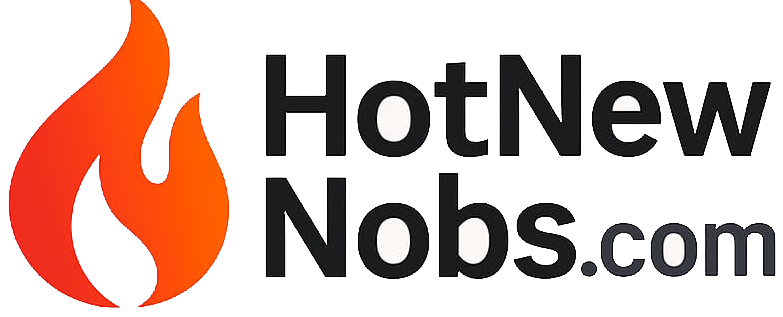Understanding USAID: An Insight into America’s Global Aid Mechanism
The United States Agency for International Development (USAID) plays a crucial role in advancing America’s foreign policy interests by tackling global challenges. It is an endeavor not only to aid developing nations but also a strategy for promoting peace, reducing poverty, and fostering democracy worldwide.
Genesis and Mission of USAID
Established in 1961 by President John F. Kennedy, USAID has dedicated itself to being a leading international development agency that contributes to the United States’ foreign humanitarian goals. The agency’s mission encompasses a wide array of efforts aimed at promoting sustainable development, improving global health, and providing humanitarian assistance in times of crisis.
Core Functions and Areas of Focus
USAID’s functions are diverse, involving an intricate blend of humanitarian aid, economic support, and developmental programs. Some of the primary areas of concentration include:
- Global Health: The agency battles pandemics, tackles health disparities, and improves healthcare access in impoverished regions.
- Education: Enhancing education systems to empower future generations is pivotal in USAID’s blueprint, ensuring learning becomes accessible to all.
- Economic Growth: By encouraging economic policies that support free-market economies, USAID catalyzes growth and resilience in developing countries.
- Democracy, Human Rights, and Governance (DRG): Supporting free societies through fair elections and human rights initiatives remains a cornerstone of USAID’s efforts.
- Environment and Global Climate Change: Combating climate change and promoting sustainable environmental practices are high priorities for the agency.
USAID’s Global Network: Reach and Influence
Operating in over 100 countries, USAID’s engagement ranges from conflict-ridden zones to regions suffering from natural disasters, offering relief and rebuilding efforts. This extensive presence facilitates bilateral cooperation, strengthening international alliances.
Challenges Faced by USAID
Despite its impactful endeavors, USAID confronts numerous challenges, including budget constraints, geopolitical complexities, and, occasionally, local resistance to foreign intervention. Addressing corruption, ensuring efficient governance, and achieving sustainable outcomes in the programs are ongoing hurdles.
USAID Success Stories
Several success stories exemplify USAID’s positive influence globally:
- Health Improvement in Africa: USAID’s interventions have led to significant reductions in HIV/AIDS transmission rates, enhancing the lives of millions across sub-Saharan Africa.
- Literacy Programs in Afghanistan: Post-conflict educational initiatives have dramatically increased literacy rates, especially among women and girls venture in Afghanistan.
- Environmental Conservation in Latin America: Innovative approaches have been instrumental in preserving the Amazon rainforest, safeguarding biodiversity.
The Future of USAID
Looking ahead, USAID is focused on fostering even deeper international collaborations, embracing innovative technologies, and prioritizing resilience in the face of global challenges such as climate change and pandemics. These endeavors are essential to enhancing lives and promoting prosperity worldwide.
Frequently Asked Questions
- What is USAID’s primary mission?
USAID’s primary mission is to lead international development and humanitarian efforts globally to save lives, reduce poverty, strengthen democratic governance, and help people progress beyond assistance. - How is USAID funded?
USAID is primarily funded through the U.S. federal budget appropriations, approved by Congress, to ensure adequate resources for international development and humanitarian assistance programs. - Where does USAID operate globally?
USAID operates in over 100 countries across Africa, Asia, Latin America, Europe, and the Middle East, focusing on regions in need of developmental aid and humanitarian support. - How does USAID collaborate with other international agencies?
USAID partners with other international entities, governments, non-profits, and private sectors to amplify the impact of its initiatives, sharing resources and expertise for more sustainable outcomes. - What are some key areas of USAID’s focus in innovation and technology?
USAID embraces technology to improve development outcomes in areas such as digital finance, ICT for development, geospatial analysis, and digital health interventions.







